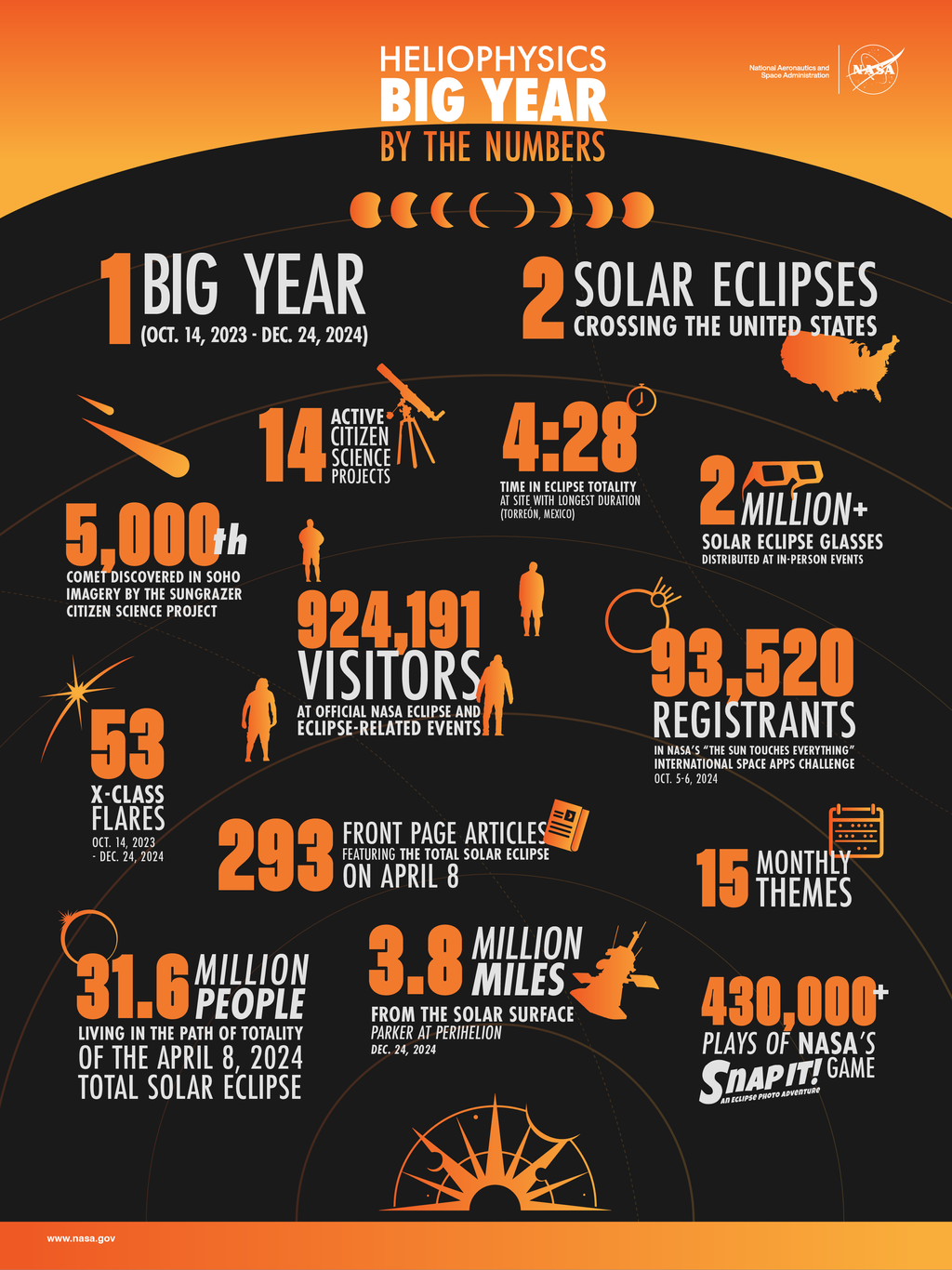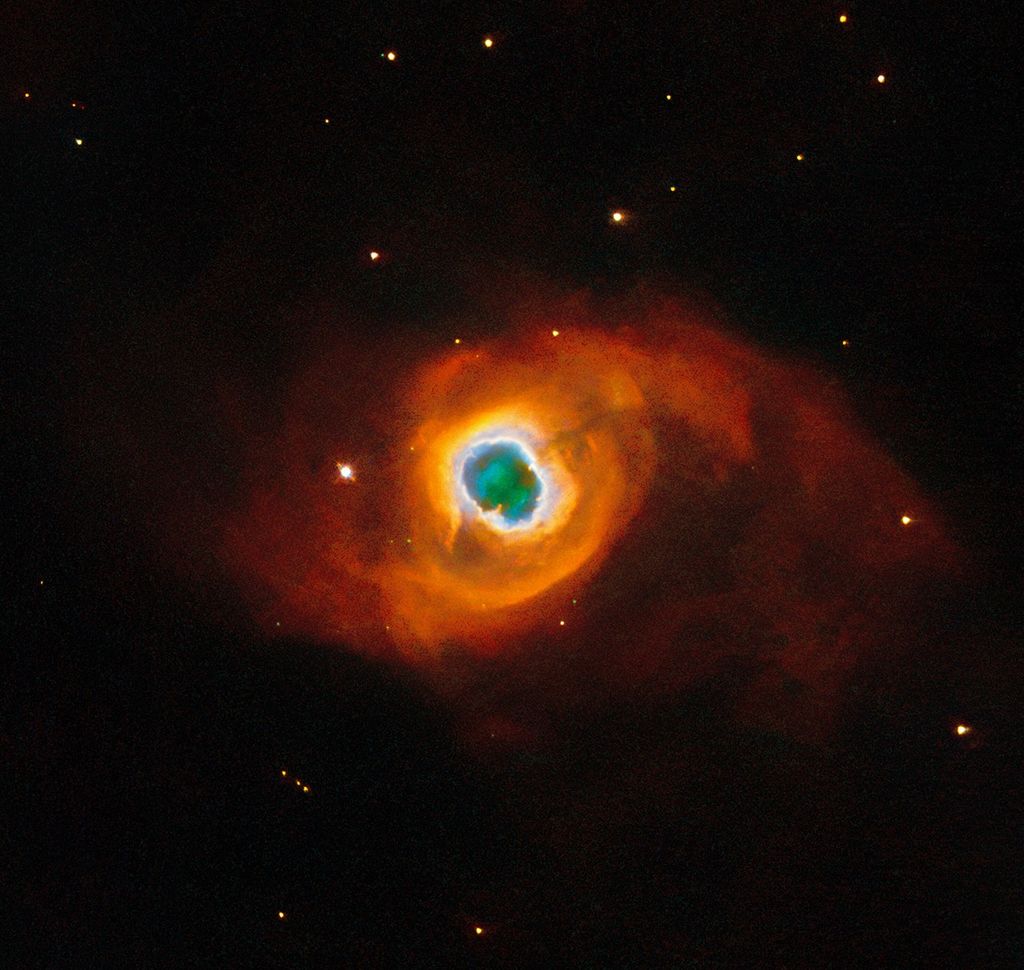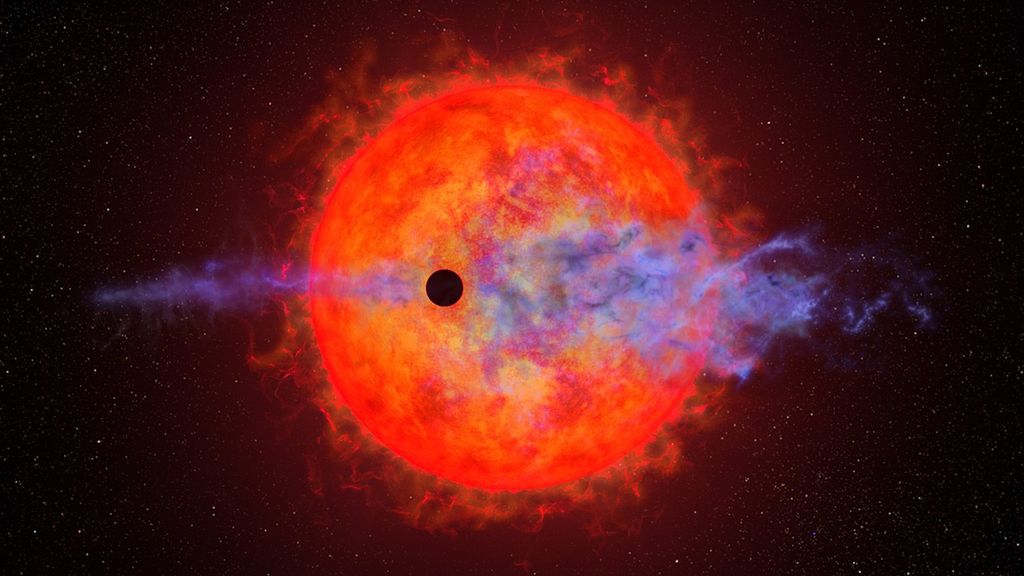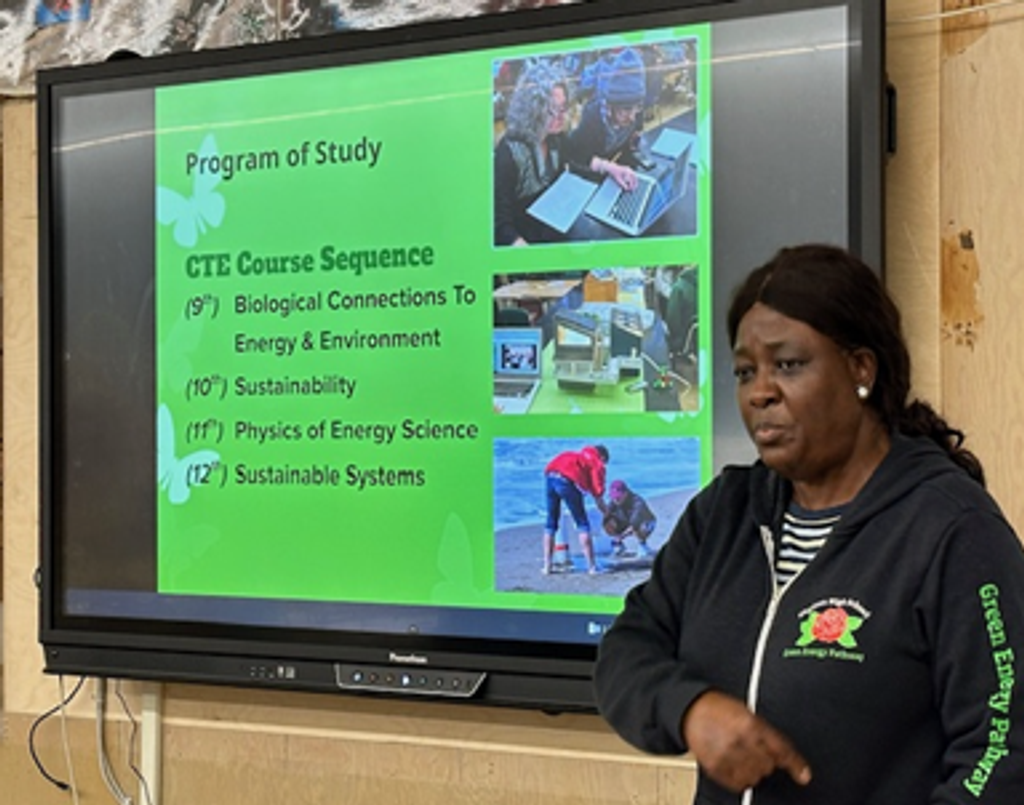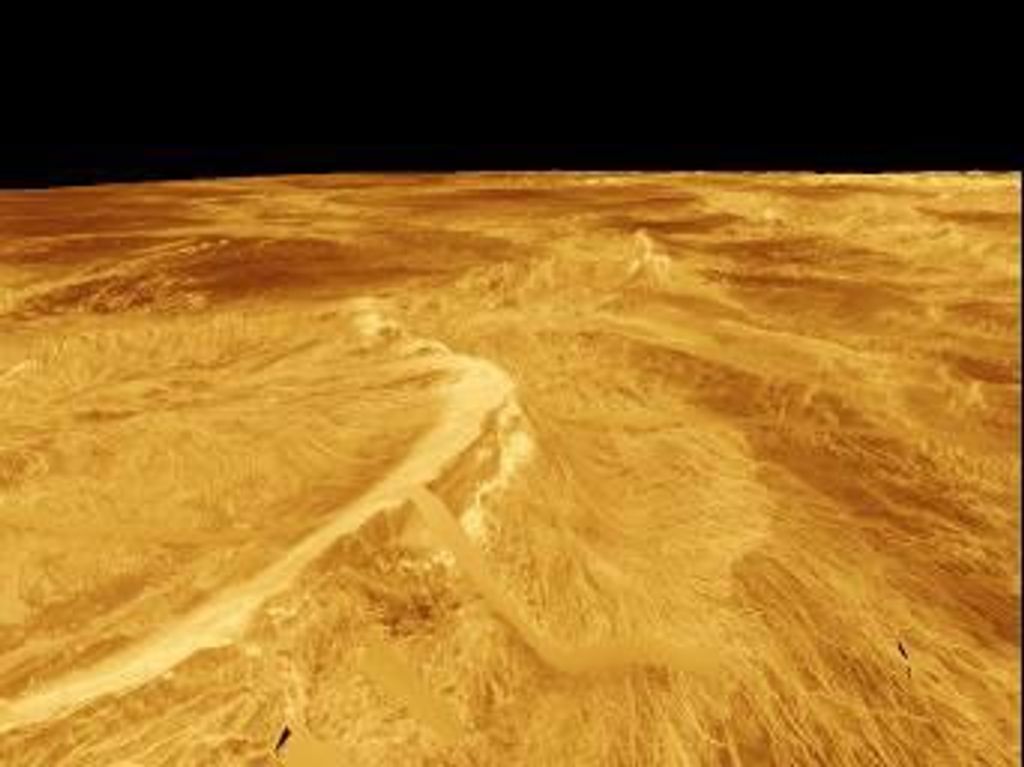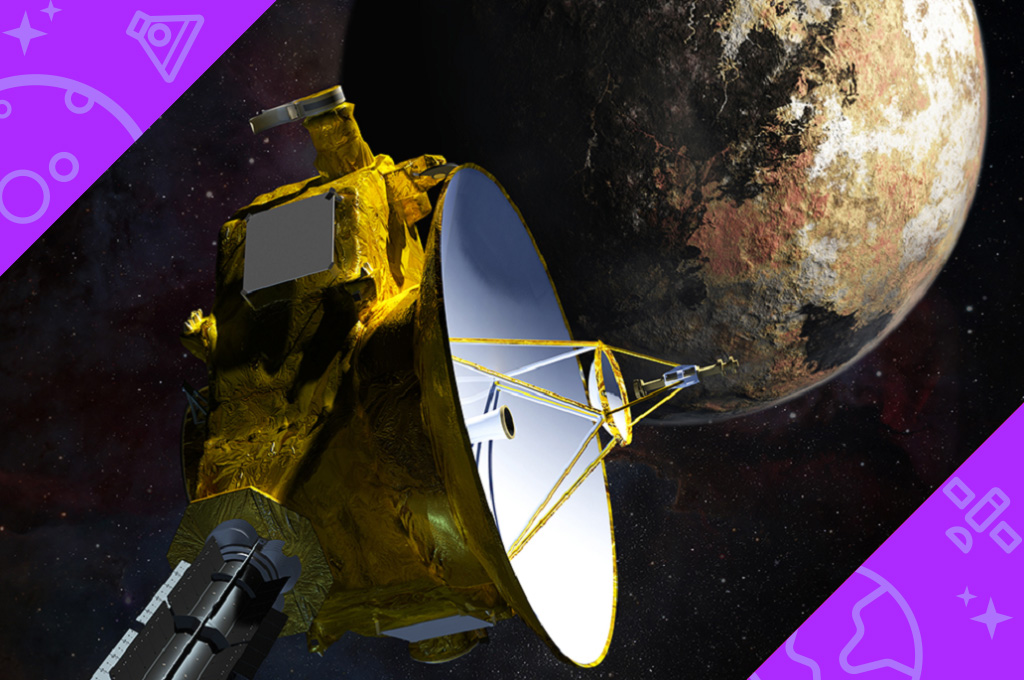This article is for students grades K-4.
What Is Pluto?
Pluto is a dwarf planet. A dwarf planet travels around, or orbits, the sun just like other planets. But it is much smaller.
Clyde Tombaugh discovered Pluto in 1930. He was an astronomer from the United States. An astronomer is a scientist who studies stars and other objects in space. Venetia Burney named Pluto that same year. She was an 11-year-old girl from England.
Pluto is not very big. It is only half as wide as the United States. Pluto is smaller than Earth’s moon. This dwarf planet takes 248 Earth years to go around the sun. If you lived on Pluto, you would have to wait 248 Earth years to celebrate your first birthday. One day on Pluto is about 6 1/2 days on Earth.
Pluto is about 40 times farther from the sun than Earth is. Pluto is in an area of space called the Kuiper (KY-per) Belt. Thousands of small, icy objects like Pluto but smaller are in the Kuiper Belt.
This dwarf planet has five moons. Its largest moon is named Charon (KAIR-ən). Charon is about half the size of Pluto. Pluto’s four other moons are named Kerberos, Styx, Nix and Hydra.
What Is Pluto Like?
Pluto is very, very cold. It is much colder than Antarctica. It is so cold that Earth’s air would freeze into a kind of snow there.
Pluto has less gravity than Earth. This means a person would weigh much less on Pluto than on Earth.
How Is NASA Exploring Pluto Today?
NASA learns about Pluto from pictures taken with telescopes. Pictures from the Hubble Space Telescope helped scientists find the four smaller moons. The Hubble telescope is very powerful. But Pluto is so far away that even pictures taken by Hubble are fuzzy.
NASA decided to send a spacecraft to fly close to Pluto. The spacecraft’s name is New Horizons. It is only about the size of a piano. New Horizons launched in January 2006. In summer 2015, New Horizons flew by Pluto and its moons. It took almost 10 years to travel that far from Earth!
New Horizons has cameras that took pictures of Pluto. As the spacecraft flew by, the science tools on board gathered information.
The pictures and information are helping scientists learn more about the dwarf planet. Scientists found that Pluto is two-thirds (2/3) rock and one-third (1/3) ice.
Scientists found out more about Pluto’s smaller moons too. They learned that Pluto’s moons spin faster than other moons. The moon Hydra spins 89 times for each time it orbits Pluto! And the moons wobble like spinning tops!
New Horizons is studying more of the Kuiper Belt now that the spacecraft has finished its mission studying Pluto.
Why Is NASA Exploring Pluto?
NASA sends spacecraft to other planets because people like to learn new things. Exploring space is exciting because of all the new things we learn. Spacecraft have visited every major planet in the solar system and the dwarf planets Pluto and Ceres. Studying places like Pluto may help scientists learn how planets form.
Quick Questions and Answers About Pluto
Q. How many kilometers from the sun is Pluto?
A. Pluto is more than 5.9 billion kilometers away from the sun.
Q. How many miles from the sun is Pluto?
A. Pluto is more than 3.7 billion miles from the sun.
Q. How does Pluto orbit, or travel around, the sun?
A. Most planets orbit the sun in a near-circle. The sun is in the center of the circle. But Pluto does not orbit in a circle. The orbit of Pluto is shaped like an oval. And the sun is not in the center. Pluto’s orbit is also tilted.
Q. How big is Pluto?
A. Pluto is only 2,300 kilometers wide. That means it is 1,400 miles wide.
Q. How cold is Pluto in degrees Celsius?
A. Pluto is about 230 degrees below zero Celsius.
Q. How cold is Pluto in degrees Fahrenheit?
A. Pluto is 375 to 400 degrees below zero Fahrenheit.
Q. I weigh 30 kilograms on Earth. How much would I weigh on Pluto?
A. You would weigh about 2 kilograms on Pluto.
Q. I weigh 60 pounds on Earth. How much would I weigh on Pluto?
A. You would weigh almost 4 pounds on Pluto.
More About Pluto
Pluto Pals
Peculiar Pluto
Video: ‘Our World: Pluto – Our First Dwarf Planet’
Video: ‘Our World – What Is a Solar System?’
Space Place in a Snap: The Solar System’s Formation



